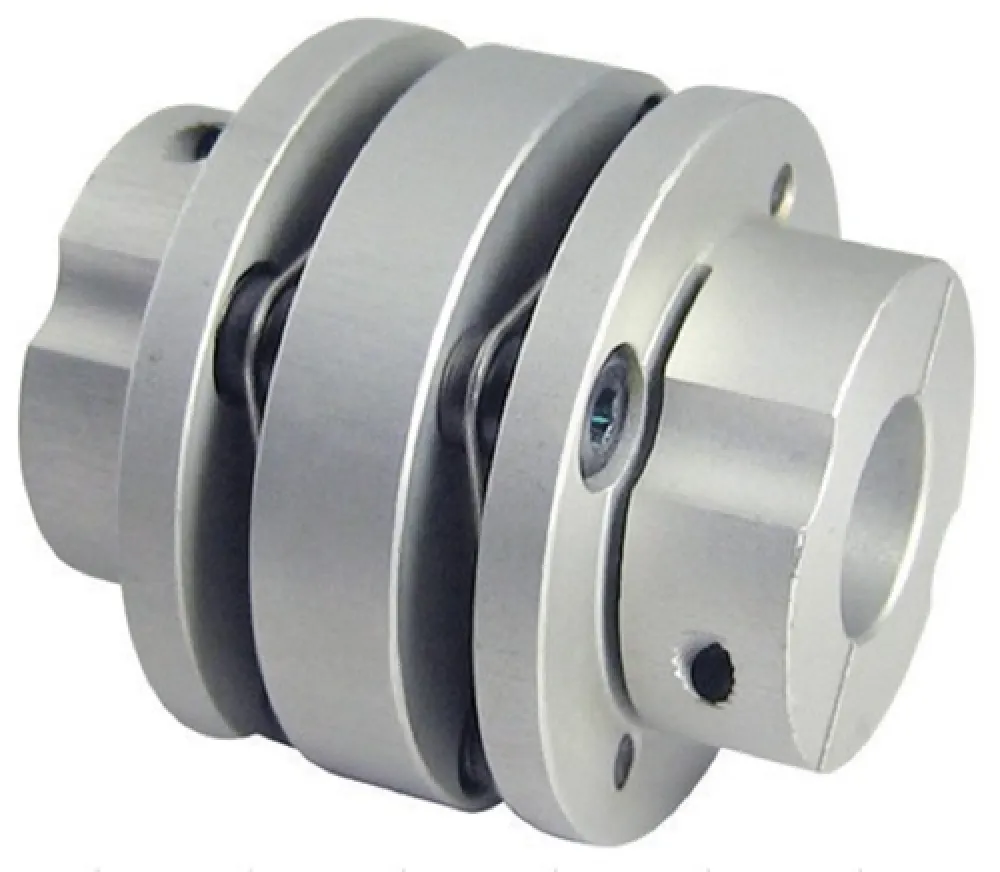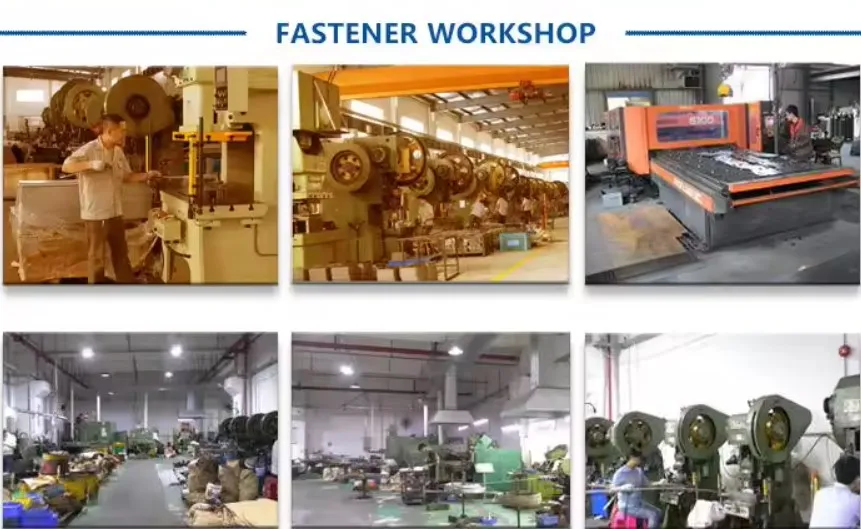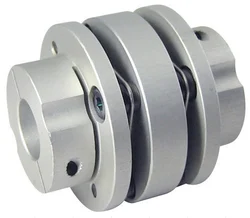Flexible Gear Coupling for Cranes
Introduction to Flexible Gear Coupling
Flexible gear couplings are pivotal components in crane mechanisms, facilitating the transfer of torque while accommodating misalignment between connected shafts. Their design ensures operational efficiency and longevity.
What is Flexible Gear Coupling?
- Definition: A flexible gear coupling is a mechanical device designed to connect two shafts together at their ends to transmit power while allowing for minor misalignments.
- Construction: It typically consists of two hubs with external gear teeth and a sleeve with internal gear teeth, allowing flexibility and movement.
- Function: These couplings accommodate angular, parallel, and axial misalignment through their flexible design.
- Applications: Widely used in cranes, these couplings provide reduced maintenance and downtime, enhancing operational reliability.
- Advantages: They offer high torque capacity, easy installation, and low backlash, making them ideal for heavy-duty applications.

What are the Different Types of Gear Couplings?
- Rigid Gear Couplings: These couplings do not allow for any misalignment, providing a very strong and stable connection. However, they are not suitable for applications where shafts may shift during operation.
- Flexible Gear Couplings: These are designed to accommodate misalignments, vibrations, and shocks, making them ideal for dynamic applications such as cranes.
- Continuous Sleeve Gear Couplings: These feature a one-piece sleeve that encompasses the gear hubs, providing a compact and robust design suitable for high-speed applications.
- Flanged Sleeve Gear Couplings: These have a two-piece construction with flanged sleeves bolted together, allowing for easy assembly and disassembly.
- Elastomeric Gear Couplings: Combining metal and elastomer elements, these couplings provide vibration damping and electrical isolation, making them ideal for sensitive equipment.

What is the Difference Between Flexible and Rigid Coupling?
- Flexibility: Flexible couplings can accommodate misalignment and absorb shocks, while rigid couplings do not permit any misalignment and provide a more solid connection.
- Applications: Flexible couplings are used in dynamic systems with moving parts, whereas rigid couplings are suited for applications where precise alignment is maintained.
- Maintenance: Flexible couplings often require less maintenance due to their ability to handle misalignments and vibrations, reducing wear and tear on connected machinery.
- Cost: Rigid couplings are generally less expensive to manufacture but may lead to higher maintenance costs if misalignment is an issue.
- Installation: Flexible couplings are easier to install and adjust compared to rigid couplings, which require precise alignment during installation.
How to Select or Customize the Right Flexible Gear Coupling
Choosing the appropriate flexible gear coupling involves a detailed assessment of operational requirements and environmental conditions.

- Torque Requirements: Determine the maximum torque that the coupling needs to transmit to ensure it can handle the required load.
- Shaft Sizes: Measure the dimensions of the shafts to be connected, ensuring the coupling hubs fit properly.
- Misalignment Tolerance: Assess the types and degrees of misalignment (angular, parallel, axial) that the coupling needs to accommodate.
- Operational Speed: Consider the rotational speed of the application, as high-speed operations may require couplings with specific balancing features.
- Environmental Conditions: Evaluate the operating environment, including temperature, humidity, and potential exposure to corrosive elements, to select materials that can withstand these conditions.
- Maintenance Requirements: Choose a coupling with suitable maintenance intervals and ease of access, minimizing downtime for inspections and repairs.
About HZPT
Founded in 2006, HZPT specializes in the research, development, and production of high-precision couplings, ball screw support units, motor brackets, and motion modules. Our coupling product line includes servo motor couplings, stepper motor couplings, miniature motor couplings, encoder couplings, and more.
Why Choose Our Flexible Gear Couplings?
Our products stand out for several reasons, making us a preferred supplier in the industry.
- Advanced Technology: We leverage cutting-edge technology in the design and manufacturing of our couplings, ensuring superior performance and reliability.
- In-House R&D Center: Our dedicated research and development center allows us to continuously innovate and improve our products, keeping up with industry advancements.
- Own Processing and Testing Systems: We maintain stringent quality control through our proprietary processing and testing systems, guaranteeing the highest standards.
- ISO 9001:2015 Certification: Our adherence to international quality management standards ensures consistent and high-quality products.
- ROHS Compliance: Our products are compliant with the Restriction of Hazardous Substances directive, reflecting our commitment to environmental sustainability.
Currently, we offer over 30 product lines extensively utilized in electronics, solar energy, photovoltaics, machine tools, packaging, molds, medical devices, printing, and various automated machinery. Our products have gained recognition and widespread use by top-tier clients in Japan, the USA, Germany, Israel, Malaysia, Singapore, Taiwan, and beyond.
Contact Us
Partner with HZPT for your flexible gear coupling needs. Our products, backed by advanced technology and rigorous quality standards, are designed to meet your highest expectations. Reach out to us today to explore collaboration opportunities and enhance your operational efficiency with our high-precision solutions.